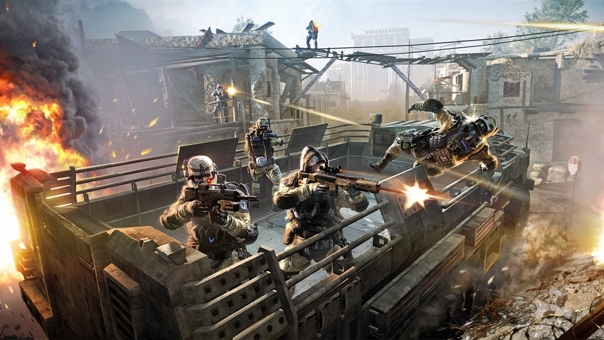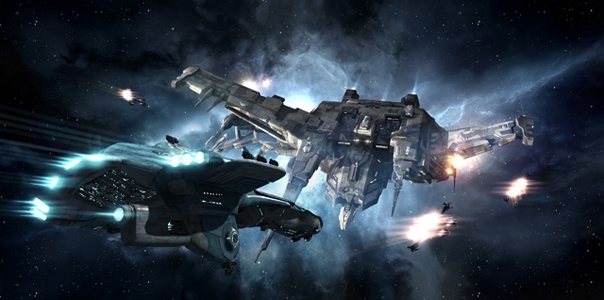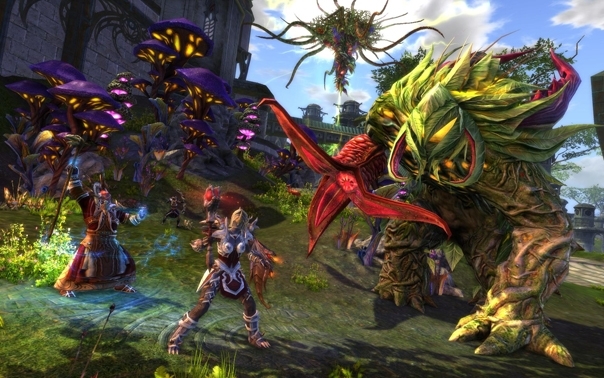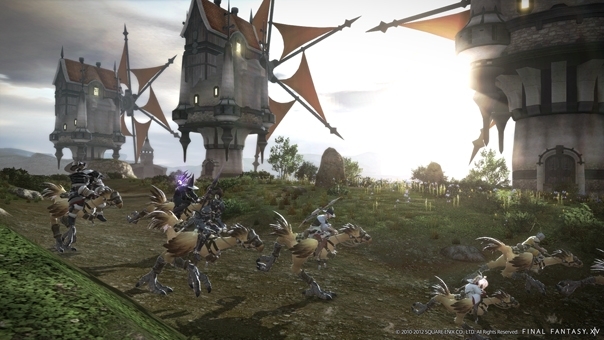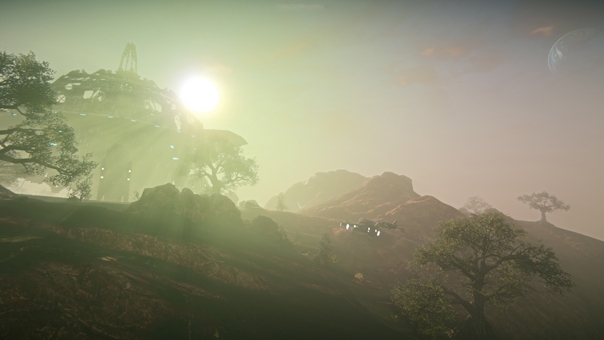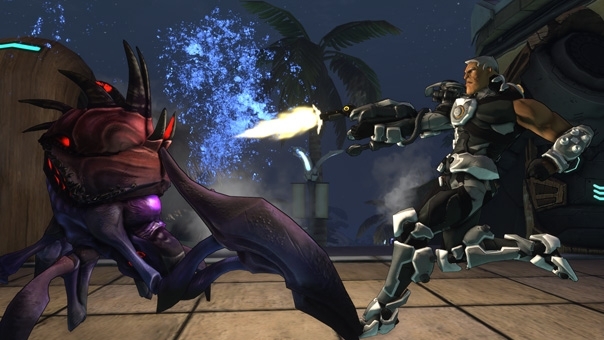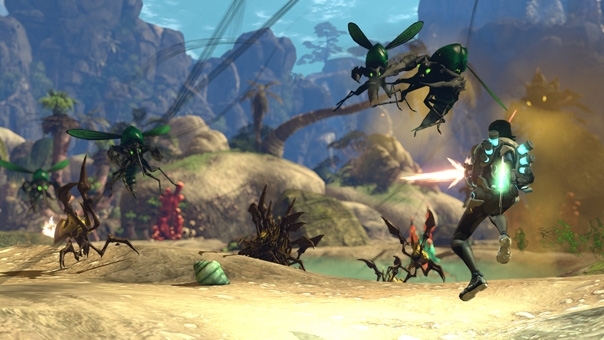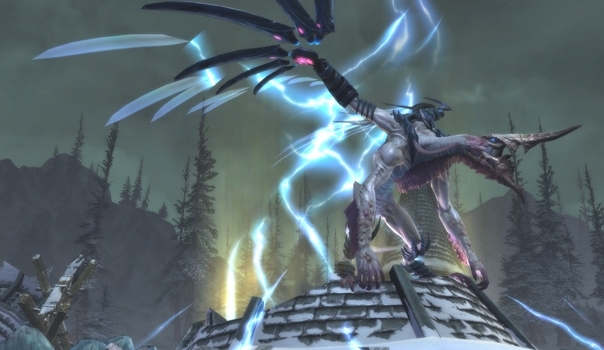
With RIFT: Storm Legion launching imminently, we were fortunate to grab a seat at Trion’s latest community roundtable. Fiendish Design Director Simon Finch and passionate Lore Lead Nick McDowell took time out in the final days before launch, meeting with members of the RIFT community to talk about the new zones that we’ll explore in the expansion.
The topic itself is as large as the new continents of Dusken and Brevane, covering the new puzzles, the inspirations and development process for the new locations, and how we’ll navigate the new continents. We also talked about some of the unused or greyed out areas in Classic RIFT, the team’s plans for future updates post-launch, and what they’re excited about with player Dimensions.
If all this leaves you hungry for more Storm Legion details, don’t forget to check out our report on the previous roundtable featuring those key Class changes, along with our own preview of the expansion. You’ll also find a trove of Storm Legion information in our freshly updated RIFT Wiki!
